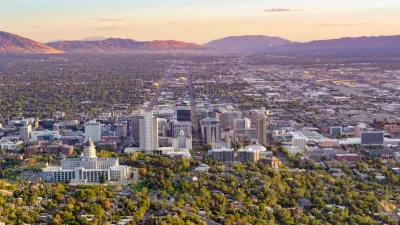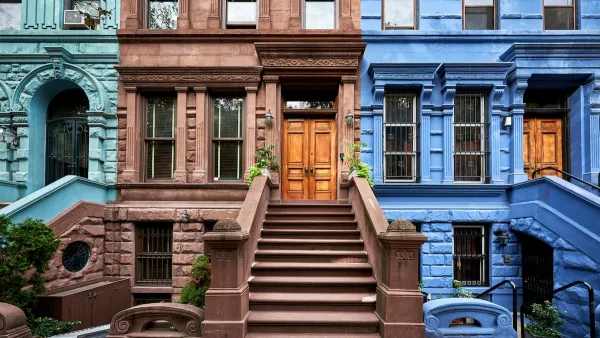The agency will identify federally owned parcels appropriate for housing development and streamline the regulatory process to lease or transfer land to housing authorities and nonprofit developers.

The Department of Housing and Urban Development (HUD) and the Department of the Interior announced plans to build housing on federal lands to address the housing crisis, reports Rebecca Picciotto in The Wall Street Journal. “The two secretaries also vowed to streamline the regulatory process so building on a federal lands doesn’t get held up with environmental reviews, transfer protocols and other priorities, according to the announcement.”
However, just 7.3 percent of federal lands fall within major metro areas, where the housing crisis is most acutely felt. The action would have little impact in cities like New York, where just 3.4 percent of land is federally owned, but could significantly increase housing supply in states like Nevada and Utah.
The proposal faces some unique challenges. “In some areas, the surrounding infrastructure and zoning laws would have to allow for home building, or be changed to do so. President Trump’s plan would also contend with logistical and environmental challenges.” Some federal lands are in remote or sensitive areas that would be damaged by new infrastructure, which would also raise the cost of construction.
According to HUD, lands identified as appropriate for development would be leased or transferred to public housing authorities, nonprofits, or local governments. But the agency also left open the possibility it could “occasionally” be sold to private developers.
FULL STORY: Trump Wants to Build Homes on Federal Land. Here’s What That Would Look Like.

Maui's Vacation Rental Debate Turns Ugly
Verbal attacks, misinformation campaigns and fistfights plague a high-stakes debate to convert thousands of vacation rentals into long-term housing.

Planetizen Federal Action Tracker
A weekly monitor of how Trump’s orders and actions are impacting planners and planning in America.

In Urban Planning, AI Prompting Could be the New Design Thinking
Creativity has long been key to great urban design. What if we see AI as our new creative partner?

How Trump's HUD Budget Proposal Would Harm Homelessness Response
Experts say the change to the HUD budget would make it more difficult to identify people who are homeless and connect them with services, and to prevent homelessness.

The Vast Potential of the Right-of-Way
One writer argues that the space between two building faces is the most important element of the built environment.

Florida Seniors Face Rising Homelessness Risk
High housing costs are pushing more seniors, many of them on a fixed income, into homelessness.
Urban Design for Planners 1: Software Tools
This six-course series explores essential urban design concepts using open source software and equips planners with the tools they need to participate fully in the urban design process.
Planning for Universal Design
Learn the tools for implementing Universal Design in planning regulations.
Gallatin County Department of Planning & Community Development
Heyer Gruel & Associates PA
JM Goldson LLC
City of Camden Redevelopment Agency
City of Astoria
Transportation Research & Education Center (TREC) at Portland State University
Jefferson Parish Government
Camden Redevelopment Agency
City of Claremont





























